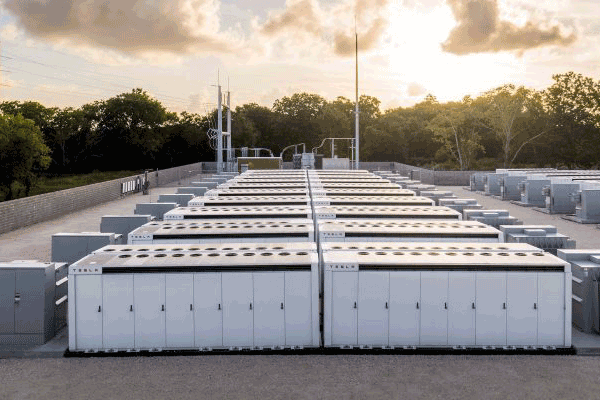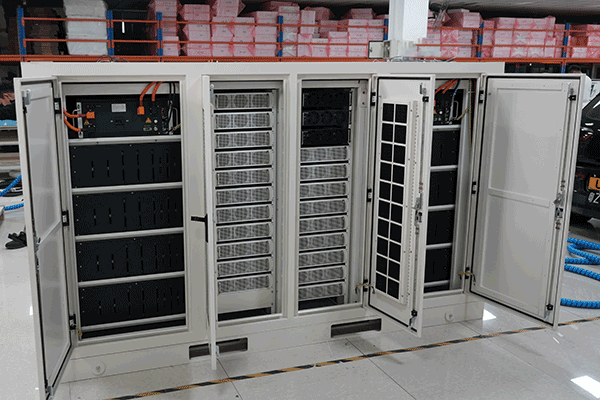Battery cooling technology is a crucial aspect of energy storage devices, as it helps to extend the life and improve the performance of the battery. In this article, we will explore the different types of battery cooling technologies, their benefits, and the challenges involved in implementing them.

One of the main challenges faced by energy storage devices is the generation of heat during charging and discharging. As the battery temperature increases, the rate of chemical reactions inside the battery also increases, leading to a decrease in the battery’s overall capacity and lifespan. To mitigate this issue, various cooling technologies have been developed to regulate the temperature of the battery.
One common method of cooling batteries is through the use of forced air circulation. In this approach, a fan is used to blow air over the surface of the battery, helping to dissipate heat and keep the temperature within an acceptable range. Forced air circulation is simple and cost-effective, but it can be less efficient at cooling larger batteries or batteries with high heat dissipation rates. SETEC POWER’s latest 258kWh mobile EV charging system is an air-cooled system. Customers have well received the system for achieving the best heat dissipation while controlling the cost of the equipment.

Another popular cooling technology is the use of liquid cooling systems. In this approach, a coolant is circulated through a network of pipes or tubes that are in contact with the battery cells. The coolant absorbs the heat generated by the battery and transports it to a heat exchanger, where it is dissipated into the environment. Liquid cooling systems are highly efficient at removing heat from the battery, but they can be complex and require a dedicated cooling infrastructure.
Thermal management systems that use phase-change materials (PCMs) are another innovative approach to battery cooling. PCMs are materials that can absorb and release large amounts of heat as they change from a solid to a liquid state. In a battery cooling system, PCMs are placed in contact with the battery cells, and as the battery temperature increases, the PCMs absorb the excess heat and transform into a liquid. When the battery temperature decreases, the PCMs solidify and release the stored heat. PCM-based cooling systems are highly effective at regulating the temperature of the battery, but they can be expensive and difficult to implement.
In conclusion, battery cooling technology plays a vital role in the performance and lifespan of energy storage devices. While there are several different approaches to cooling batteries, each has its own benefits and challenges. Choosing the right cooling technology will depend on the specific needs and constraints of the application.














